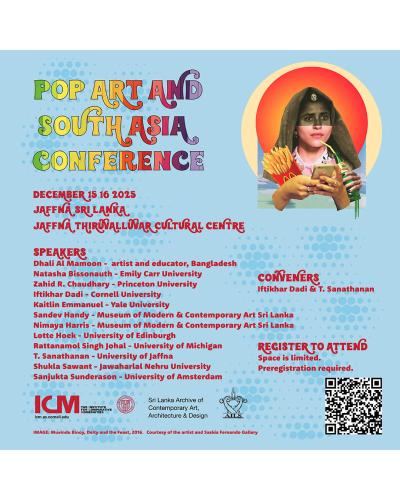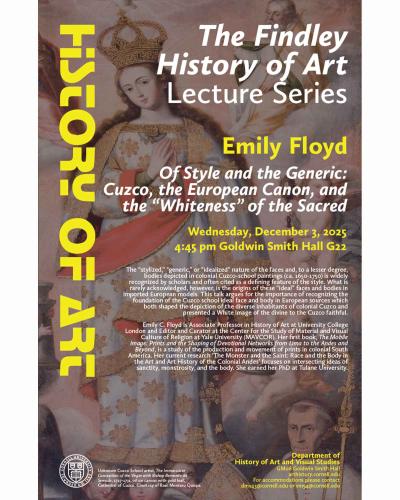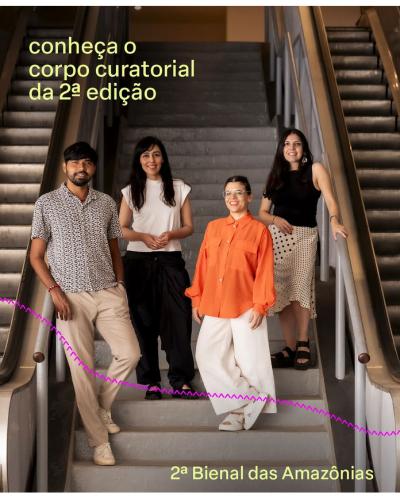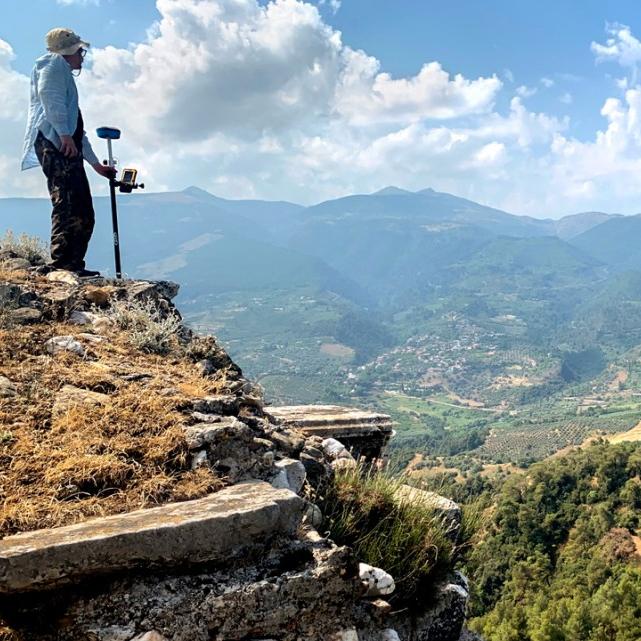An international exhibit will run Sept. 24-28 on the Arts Quad, celebrating the centenary of Deskaheh Levi General’s 1923 intervention on behalf of the Haudenosaunee Confederacy at the League of Nations in Geneva, Switzerland. The outdoor exhibition, “Deskaheh in Geneva 1923-2023: Defending Haudenosaunee Sovereignty” commemorates Deskaheh’s petition, which is recognized as the catalyst for the international Indigenous sovereignty movement against ongoing structural inequities globally in the 20th century.
Deskaheh, a Gayogoho꞉nǫʔ (Cayuga) hoyaneh (chief or titleholder) was sent as a spokesperson for the Haudenosaunee Confederacy, representing six sovereign nations: the Mohawk, Oneida, Onondaga, Cayuga, Seneca and Tuscarora.
“The goal of the exhibit is to celebrate Deskaheh’s work in favor of Indigenous peoples and the role that Geneva has played and still plays in this field. It expresses the voices of the Haudenosaunee and Geneva allies,” said Jolene Rickard, curator of the exhibit and associate professor of history of art and visual studies in the College of Arts and Sciences. She is from the Tuscarora Nation.
“Deskaheh in Geneva” first opened at the Quai Wilson in Geneva, Switzerland in 2023. In addition to Rickard, contributors included Desgáheˀ Steve Jacobs, (Cayuga), Kenneth Deer (Mohawk), Amber Adams (Mohawk), Paul Williams (Onondaga) and Cornell doctoral candidate Noah Mapes, descendant of the Lac Courte Oreilles Band of Lake Superior Ojibwe. The exhibit was designed by Joel Martin Graphic Design (Mohawk).
The exhibition is a collaboration between the Haudenosaunee Confederacy, represented by the Haudenosaunee External Relations Committee (HERC); the City of Geneva, Switzerland; and Docip, Indigenous peoples’ center for documentation, research and information.
The exhibit is made possible by support from the American Indian and Indigenous Studies Program; the Department of History of Art and Visual Studies (A&S); the College of Arts & Sciences’ New Frontiers Grant program; Migrations: A Global Grand Challenge, “Reconceptualizing Haudenosaunee Studies”; the Tuscarora Nation; and Tuscarora WoodWorks.






